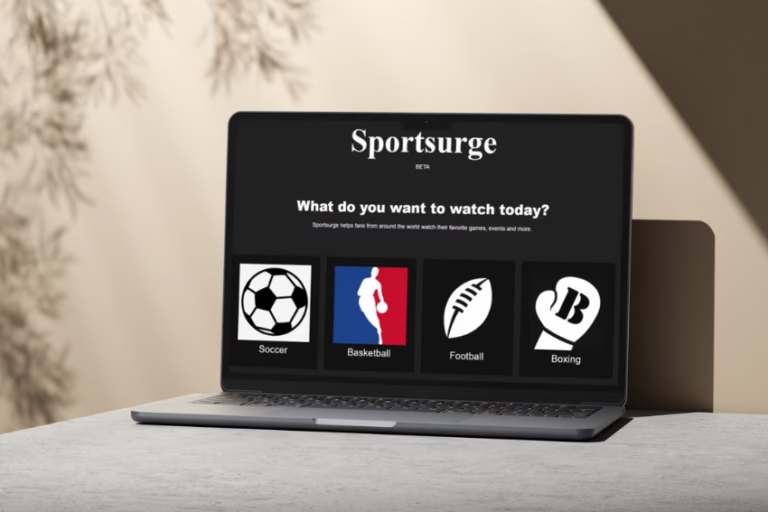For any PR campaign you need a solid plan. A good communications plan will get help you get the right messages to the right audiences, in the most effective way.
PR Services Agency, Polymedia PR, explain how to write an effective communications plan.
What is a communications plan?
Communications plans can help you outline the purpose of your campaign – which might be a product or service launch or project – and detail the messages you need to promote, to which audiences, and on which channel(s).
It can be short-term or long-term, and used for a variety of projects and campaigns, both internally and externally.
Additionally, a communications plan can help your business during a time of crisis- not only to help you to manage how the public react and see your organization, but it also helps you to stay cool and calm under (sometimes intense) public/media scrutiny.
How to write a communications plan?
Now that we’ve gone over how why you need a communications plan, here’s how to write one that will be effective.
First, before you start building a plan, it is important to assess and evaluate your existing communication strategy and performance. If you don’t understand the performance of your existing communications efforts, it is hard to make improvements.
Define your objectives
What do you want to achieve?
No matter what actions you want to set up, you need to set communication goals. You will know what you want in terms of results and whether your strategy has been effective or not.
For each objective, you must define the measurable key performance indicators to follow. Review them every month, this will allow you to see the progress you have made and identify areas that need improvement. Just Know to How
Remember these objectives need to be SMART (Specific, Measurable, Attainable, Relevant, and Time-based) that will guide you throughout your communications plan.
Identify your target audience
Defining who you are targeting is an important step of a communications plan, to successfully deliver the right message to the right people.
A lot of people make the mistake of targeting too broadly. Be sure you research the industries your company, products, or services apply to before you set your targets.
The easiest way to do that is by identifying all the needs and issues of your target. You can reach your target audience and be effective by focusing on the key messages that matter to them the most.
Develop your key messages
Having identified your audience(s), you will need to develop the key messages that resonate with them. This serves as the platform that helps you deliver messages that are consistent, coherent and likely to influence the way your target audience thinks and relates to your brand.
Prepare a list of bullet points containing the key messages you want to communicate in your campaign. Again, don’t try to say everything there is to say about your company, but focus on several main points, which would be reiterated across different channels.
Determine your PR tactics
You now know your goals; what you are saying and who you are talking to. The next step in a communications plan, is deciding how to say it.
Essential to any communications strategy is a good understanding of what’s important to your audience and where they get their information from. Which publications do they read or subscribe to? Which social media platforms do they use?
Otherwise, you’ll risk wasting time and money sending out messages that reach the wrong people, on the wrong platforms, at the wrong time or in the wrong way.
If you’re creating a communications plan for internal employees, you might send out your communications plan in a company-wide email, or use in-person team meetings to deliver your message.
Alternatively, if you are trying to reach customers, it may be best to communicate via social media, a mailshot (email), or a press release.
Of course, the channel(s) you choose will depend on your goals, but it’s important as you’re writing your communications plan that you keep your distribution methods in-mind.
Budget
Your budget will be an important part of your communications plan. It’s important that you ensure you’re realistic in matching your plan with your resources. Even a small budget can have a big impact if your resources are used properly.
Start by taking stock of what channels you have that are already available – like social media. If your company doesn’t have a Facebook page, Twitter, or an Instagram account consider setting one up.
Responsibilities
If your team is large, responsibility-sharing should be defined in your communications plan. This will clarify who is responsible for what, which helps make the work process as effective and efficient as possible.
Time schedule
Your overall communications plan and its activities should have a time deadline. Creating a schedule and deadlines will help you to use the time you do have wisely. You’ll also be able to see when you’re spending too long on certain tasks or projects. Don’t forget to leave room for any unplanned issues that may pop up.
Measurement
To know what’s working and what to improve you will need to report on your PR campaigns. PR Measurement in your communications plan ultimately comes down to the type of campaign you are creating and what you want to gain from it.
That could be through the amount of quality media coverage you receive, backlinks from press releases, social media mentions and engagement or enquiries.
If you’re planning a staged rollout of your communications, try to measure your results over time. You should also measure at the end of the campaign to see whether you’ve accomplished your objectives. Ideally, you’ll be able to compare that to the results showing whether the business objectives were accomplished too.
Read more about our tips for effective PR measurement.
A successful communications plan will get your message delivered across to your audience effectively while ensuring that you are on track to accomplishing your business objectives. Follow the simple steps above to create a winning communications plan.












+ There are no comments
Add yours